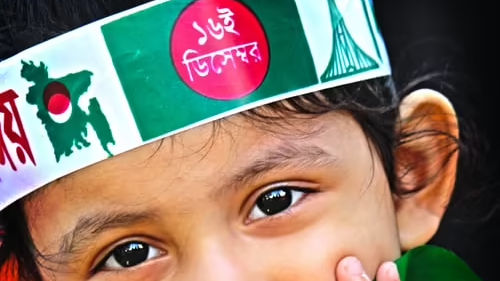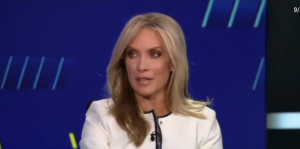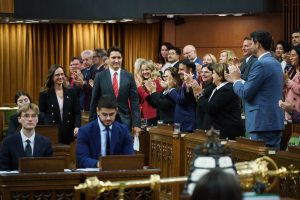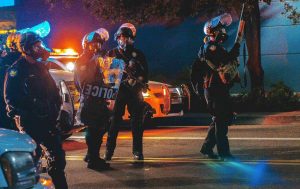Bangladesh’s inception was violent, with some origins in India’s 1947 partition, when Pakistan was established as a distinct country.
Ethnic Differences
Punjabis, Pashtuns, Sindhis, Baloch, and other minor ethnic groups dominated West Pakistan. In contrast, because East Pakistan was once part of the Indian region of Bengal, the population of what is now Bangladesh was largely ethnically Bengali.
The problem of language was a thorny one from the start. In 1948, Pakistan’s founding leader, Muhammad Ali Jinnah, stated that only Urdu, which is spoken by Muslims in British India’s north and northwest, should be the country’s official language. West Pakistani leadership saw Bangla, which is spoken by the majority of East Pakistanis, as a “non-Muslim” language.
Also read: Vijay Diwas 2021: PM Modi, Rajnath Singh recall ‘great sacrifice’ of Indian soldiers
The Urdu-only policy attempted to integrate two culturally diverse areas united by a shared faith – Islam – into a unified identity. Its overall goal was to strengthen Pakistan’s newly formed nation’s national identity.
Following the statement, Bengali Nobel laureate Rabindranath Tagore’s Bengali books, songs, and poetry were banned in East Pakistan. Bangla was also outlawed as an educational medium and principal form of instruction.
Urdu was used to print all currency and official papers, including postal stamps and railway tickets.
Economic Disparity
The language prohibition exacerbated already-existing tensions between West and East Pakistan. Significant economic gaps between the two regions were a crucial factor. West Pakistan dominated the country’s industry and trade, while East Pakistan supplied the majority of the country’s raw materials, creating an uneven trading arrangement.
East Pakistanis had limited access to the federal government, which was based in Islamabad, in West Pakistan. In politics, they were significantly underrepresented. The political elite in West Pakistan did not consider Bengalis to be “genuine” Muslims. Bengali cultural traditions were regarded as having a lower social rank in both political and social circles.
Massive nonviolent demonstrations and strikes erupted in response to efforts to “Islamize” East Pakistanis through Urdu and “purify” Bengali culture from “Hindu influences.”
Also read: Vijay Diwas 2021: All you need to know about 1971 Indo-Pak war
On February 21, 1952, students and other activists formed the “Bhasha Andolon,” a linguistic movement that requested Bangla be recognised as East Pakistan’s official language. Thousands of high school and college students demonstrated, defying Section 144 of the Criminal Procedural Code, which prohibits public meetings and assemblies of five or more individuals.
Several people died as a result of the ensuing crackdown. It also fueled a growing demand for autonomy in East Pakistan from 1950 to 1969.
In 1969, a major rebellion was violently suppressed by police, resulting in the introduction of martial law.
A catastrophic hurricane named “Bhola” struck East Pakistan in 1970, killing 300,000 to 500,000 people. The government of West Pakistan’s lackadaisical response inflamed tensions even more.
Civil Disobedience
The same year, the sole majority political party in East Pakistan, led by Bengali politician Sheikh Mujibur Rahman, won a landslide victory in national elections, marking a significant turning point. Because it did not want an East Pakistani political party to dominate the federal government, the Pakistani leadership was hesitant to accept the results.
As a result, a civil disobedience campaign erupted in East Pakistan.
The Pakistani government launched Operation Searchlight, a military operation, in response to the growing demand for Bengali autonomy. It killed at least 7,000 Bengali civilians – including Hindus and Muslims – in a single night, according to journalist Robert Payne.
Pakistani forces are thought to have killed between 300,000 and 500,000 civilians, whereas the Bangladesh government claims three million.
Indian Intervention
Indira Gandhi, the then Indian prime minister, opted to support the former East Pakistan. She made the decision to take in individuals fleeing East Pakistan. 8-10 million individuals are thought to have fled the country.
On December 3, 1971, Pakistan launched air raids on 11 Indian airbases, beginning the war. Perhaps for the first time, India’s three armies battled in harmony. General Sam Manekshaw, the Army Chief of Staff, was ordered by Gandhi to unleash a full-scale war against the neighbour.
The fight claimed the lives of almost 3,800 Indian and Pakistani soldiers.
By the end of the conflict on December 16, India had 93,000 prisoners of war. In August 1972, eight months after the war ended, India and Pakistan signed the Shimla Agreement. India agreed to release 93,000 Pakistani prisoners of war under the terms of the deal.







